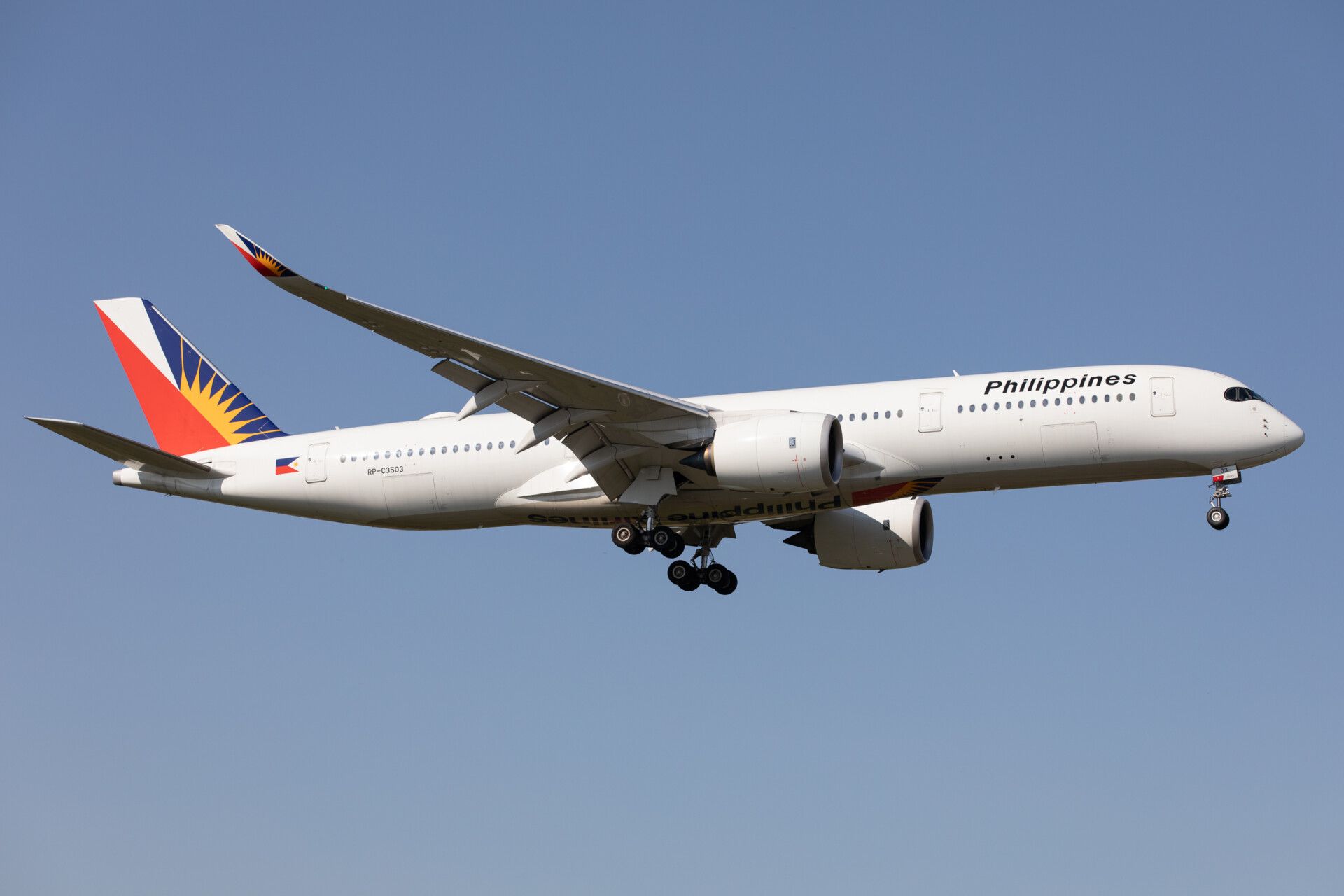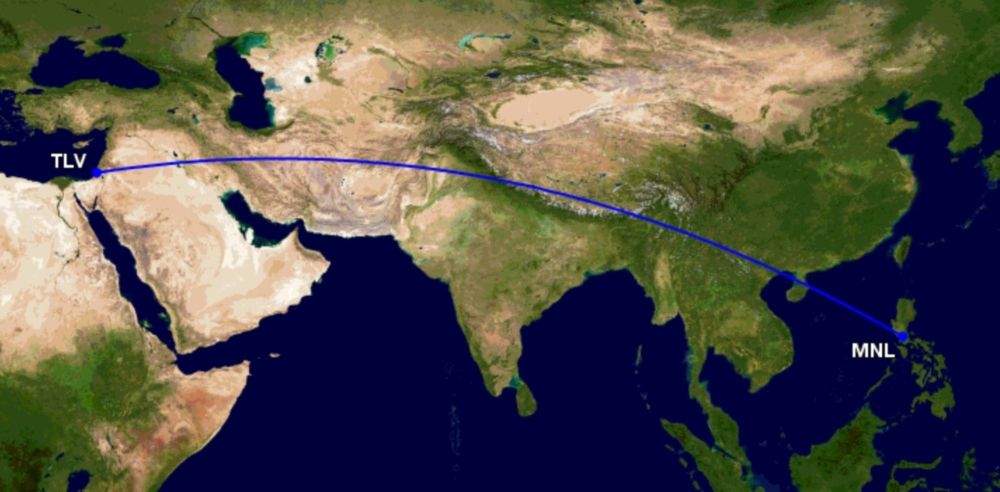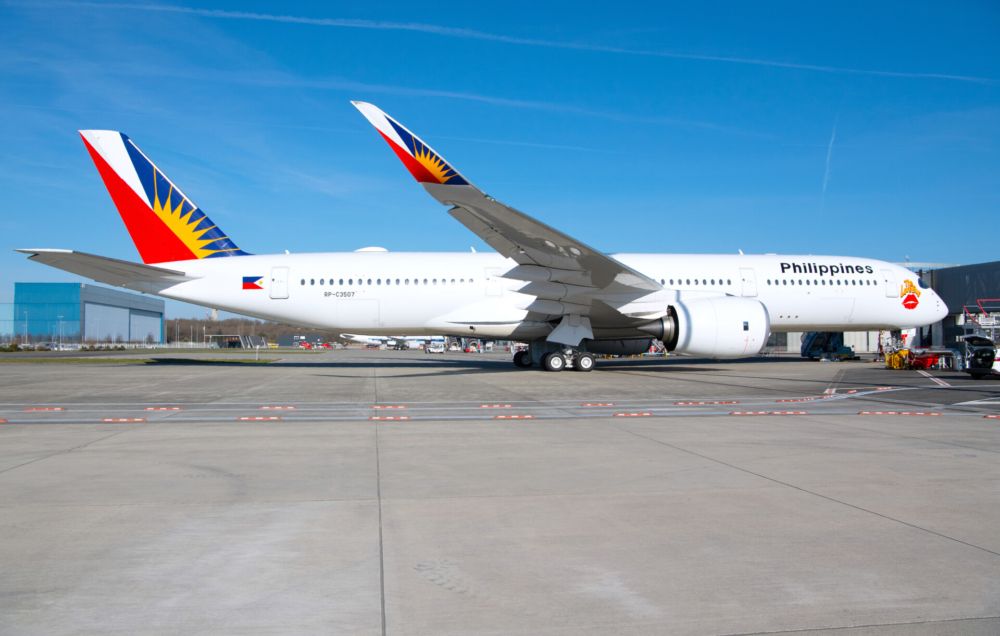Philippine Airlines is returning to Tel Aviv after an absence of over half a century, with the first flight taking off in April. The Philippine-Israel market is large, with 72,800000 passengers in 2019. It'll be a highly leisure-driven route, mainly targeting overseas Filipinos, pilgrims, and tourism in both directions. It comes amid the carrier's restructuring towards profitability.
Back after 60+ years
Philippine Airlines will return to Tel Aviv after last serving it through the 1940s and 50s. Beginning on April 6th, it'll operate twice-weekly, with the service currently bookable until the end of October. The schedule is as follows, with all times local. Notice the aircraft will return home on day three.
- Manila to Tel Aviv: Wednesdays and Sundays, PR686, 22:10-04:15+1 the next day
- Tel Aviv to Manila: Mondays and Thursdays, PR687, 21:45-14:15+1 the next day
It'll use 295-seat A350-900s, of which Philippine Airlines now has three, according to ch-aviation.com. They were delivered in June 2018, September 2018, and May 2019. They all have the same configuration, with 30 business seats (fully flat), 24 in premium economy, and 241 in economy.
It's the latest development for Tel Aviv, which has recently welcomed brand-new routes to the UAE, Bahrain, and Morocco. And it's another important long-haul route from the Phillippines, coming soon after Turkish Airlines' recent inauguration of Cebu.
Stay aware: Sign up for my weekly new routes newsletter.
Why Manila to Tel Aviv?
Booking data shows that about 72,000 round-trip passengers traveled between the Philippines and Israel in 2019, 90% of whom were to/from Manila. That's a good volume of passengers, and the average one-way fare was approximately $502 – nearly twice as much as Manila-Dubai. (The fare shown excludes any fuel surcharge (kept by the airline) and government taxes.)
The lion's share of passengers traveled via Hong Kong, followed by Bangkok, Istanbul, and Amman. With so many flights to Dubai now, expect things to be very different going forward – even before the new non-stop is considered.
The new service will focus on Filipino workers, pilgrimages to Israel, and tourism in both directions. In 2019, about 23,000 Israelis visited the country, while Israel is visa-free for Philippine citizens. Significantly, at least 30,000 Filipinos live in Israel, making them one of the country's largest immigrant groups.
Philippine Airlines to the Middle East
The Philippine flag carrier serves five destinations across the Middle East, as shown below based on the first week of July. There will be 26 departures, making this region less than half of the carrier's North America operation. Both regions have a crucial similarity: Philippine Airlines primarily targets overseas Filipinos.
- Manila to Dubai: once-daily by the A330-300
- Manila to Riyadh: once-daily; A330-300
- Manila to Doha: five-weekly; A330-300
- Manila to Dammam: five-weekly; A330-300
- Manila to Tel Aviv: twice-weekly; A350-900
What do you make of Tel Aviv's return? Will it be sufficiently high-yielding to help with the carrier's apparent transformation? Share your thoughts in the comments.



